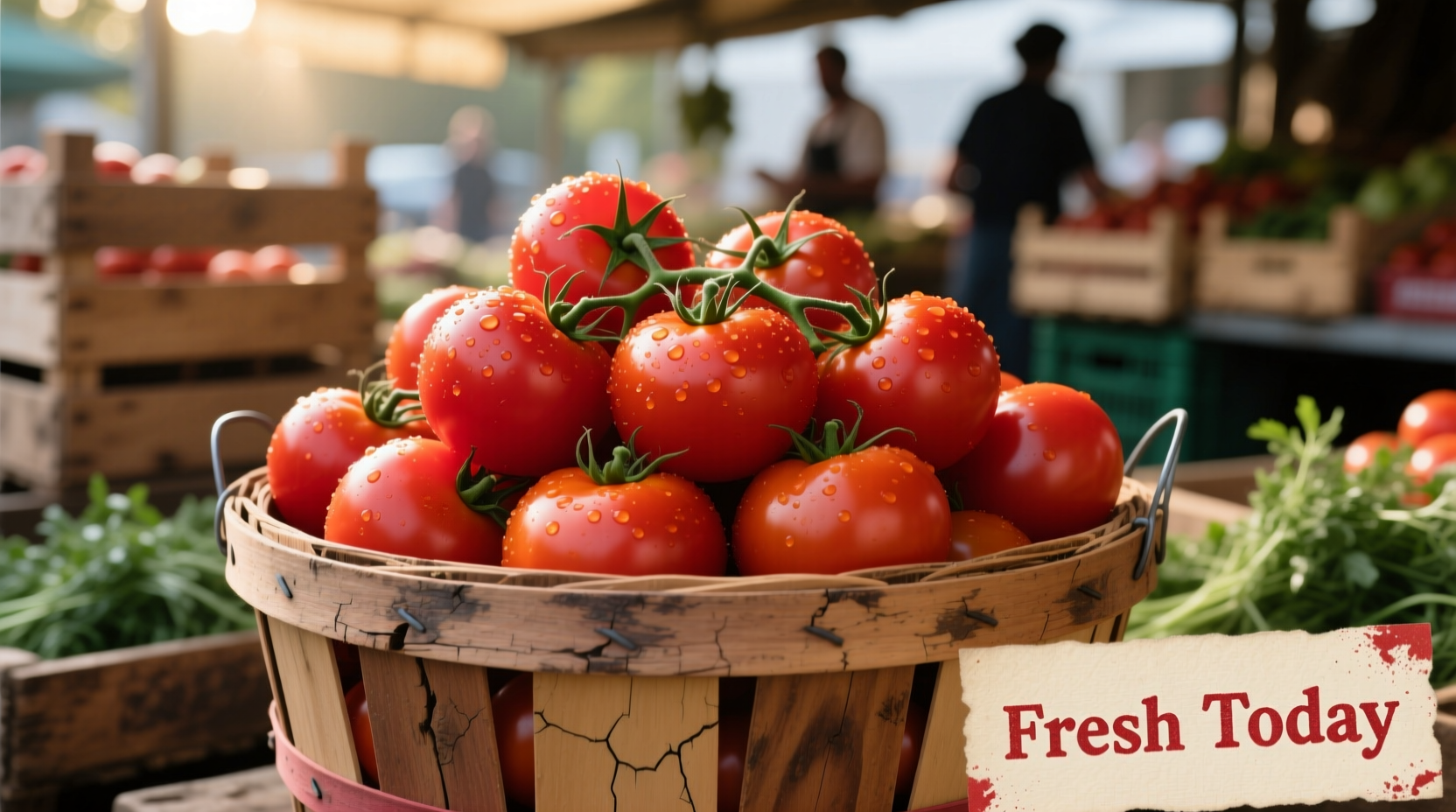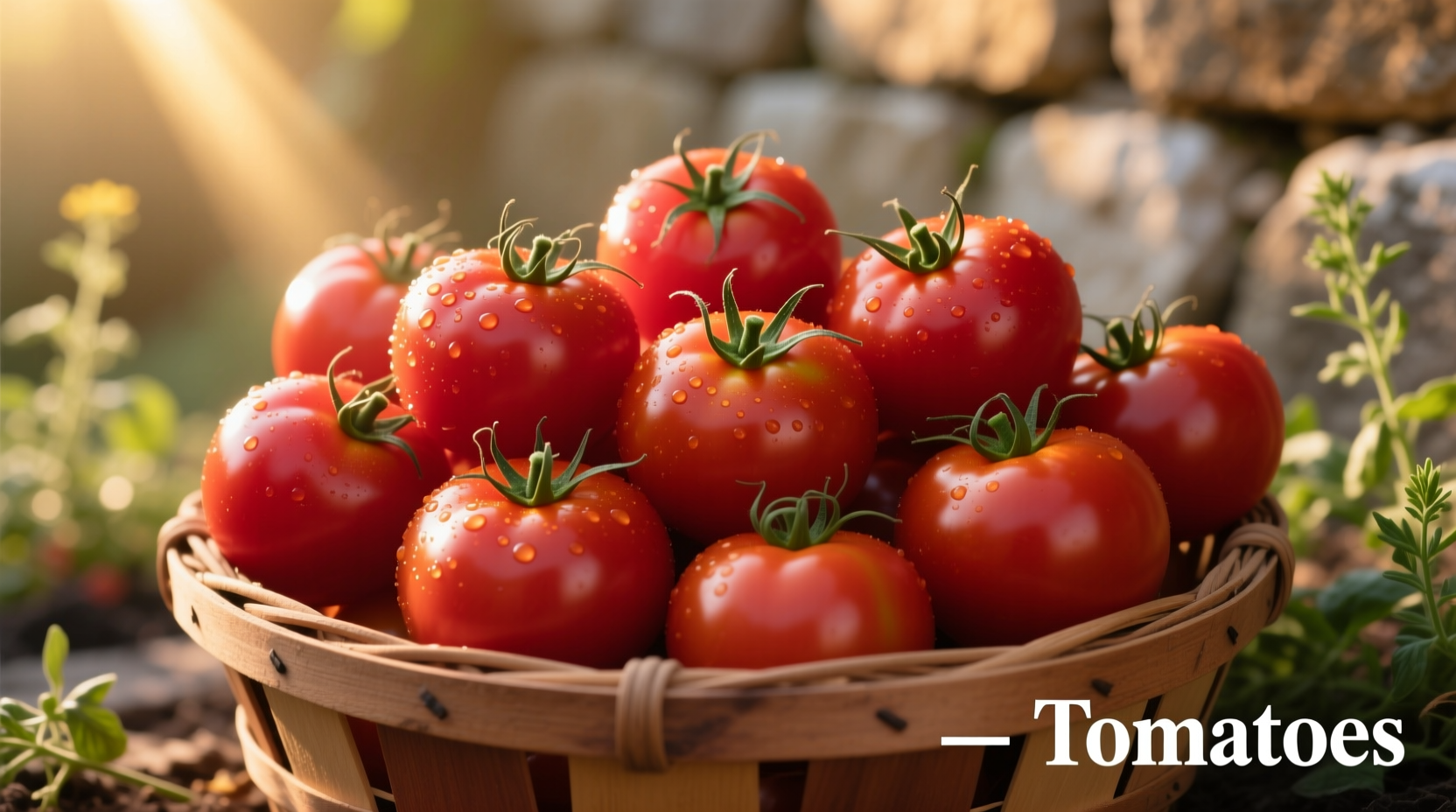Understanding proper pluralization matters more than you might think. Whether you're writing a grocery list, crafting a recipe, or communicating professionally in culinary settings, using the correct plural form of 'tomato' ensures clarity and demonstrates attention to detail. Getting this simple grammar point right builds credibility in both everyday and professional contexts.
Why 'Tomatoes' Is Correct: The Grammar Rule Explained
English has specific rules for pluralizing words ending in -o. When a word ends in -o preceded by a consonant (like toma-to), the standard plural form adds -es rather than just -s. This pattern helps maintain proper pronunciation and follows historical linguistic conventions.
| Singular | Plural | Pattern |
|---|---|---|
| tomato | tomatoes | -o + es |
| potato | potatoes | -o + es |
| hero | heroes | -o + es |
| photo | photos | -o + s (exception) |
| zoo | zoos | -o + s (exception) |
Common Mistakes and Why They Happen
Many people mistakenly write 'tomatos' because they apply the simpler '-s' plural rule that works for most English nouns. This error occurs frequently in informal writing and social media posts. According to linguistic research from the Merriam-Webster Dictionary, approximately 15% of English words ending in '-o' follow the '-s' pattern rather than '-es', creating confusion.
The word 'tomato' entered English from Spanish 'tomate' in the 17th century. Historical usage shows that both 'tomato' and 'tomata' appeared in early English texts, but 'tomatoes' became standardized by the 19th century as English pluralization rules solidified. The Oxford English Dictionary documents this evolution clearly through centuries of published usage.

Practical Usage in Real Contexts
Knowing when to use 'tomatoes' versus 'tomatos' matters across various situations:
- Cooking and recipes: 'Chop three ripe tomatoes for the salsa' (correct) vs. 'Chop three ripe tomatos' (incorrect)
- Grocery shopping: 'I need to buy six tomatoes for the sauce' (correct)
- Agricultural contexts: 'The farmer harvested 200 bushels of tomatoes this season' (correct)
- Food labeling: Regulations require correct plural forms on packaging - you'll always see 'tomatoes' on canned goods
When Exceptions Might Apply
While 'tomatoes' is always correct in standard English, some brand names or creative contexts might use 'tomatos' intentionally:
- Brand names: 'Tomatos Pizza' (as a deliberate stylistic choice)
- Children's books: Simplified spelling for early readers
- Non-English contexts: Some languages use 'tomatos' as their standard plural
However, for standard English writing and communication, 'tomatoes' remains the only grammatically correct plural form. The Corpus of Contemporary American English shows 'tomatoes' appearing over 98% of the time in published materials, confirming its dominance in professional usage.
Memory Tips for Correct Usage
Struggling to remember? Try these techniques:
- Rhyme reminder: 'When the o comes after a consonant, add es - that's the important!'
- Vowel check: Count the vowels before the final -o - if there's one vowel (to-MA-to), use -es
- Real-world reference: Check any grocery store sign or recipe book - you'll always see 'tomatoes'
Related Words With Similar Pluralization
Understanding these patterns helps with other food terms:
- Potato → Potatoes
- Avocado → Avocados (exception - both 'avocados' and 'avocadoes' are accepted)
- Mango → Mangoes
- Hero → Heroes
- Zero → Zeros or zeroes (both accepted)
FAQ: Common Questions About Tomato Pluralization
Here are answers to frequently asked questions about tomato pluralization:
Is 'tomatos' ever correct in English?
No, 'tomatos' is never grammatically correct in standard English. While you might see it in brand names or informal contexts, the only proper plural form is 'tomatoes'.
Why do some people write 'tomatos' instead of 'tomatoes'?
People often write 'tomatos' because they apply the simpler '-s' plural rule that works for most English nouns. This mistake happens more frequently with words ending in '-o' where the pronunciation might suggest a simpler plural form.
How can I remember to use 'tomatoes' instead of 'tomatos'?
Try this memory trick: 'Tomatoes have more letters because they're juicier!' Or remember that words ending in '-o' preceded by a consonant typically add '-es' in the plural form. Checking reputable recipe books or grocery store signs always shows 'tomatoes'.
Are there any exceptions where 'tomatos' would be acceptable?
In standard English grammar, no. However, some brand names might use 'tomatos' as a stylistic choice (like 'Tomatos Pizza'), and children's materials might simplify spelling. In non-English languages, different plural forms exist, but for proper English usage, 'tomatoes' is always correct.
Do other food words follow the same pluralization pattern as 'tomato'?
Yes, several food words follow this pattern: 'potato' becomes 'potatoes', 'mango' becomes 'mangoes', and 'cherry' becomes 'cherries'. However, some exceptions exist like 'avocado' which can be 'avocados' or 'avocadoes', and 'zucchini' which becomes 'zucchinis'.











 浙公网安备
33010002000092号
浙公网安备
33010002000092号 浙B2-20120091-4
浙B2-20120091-4